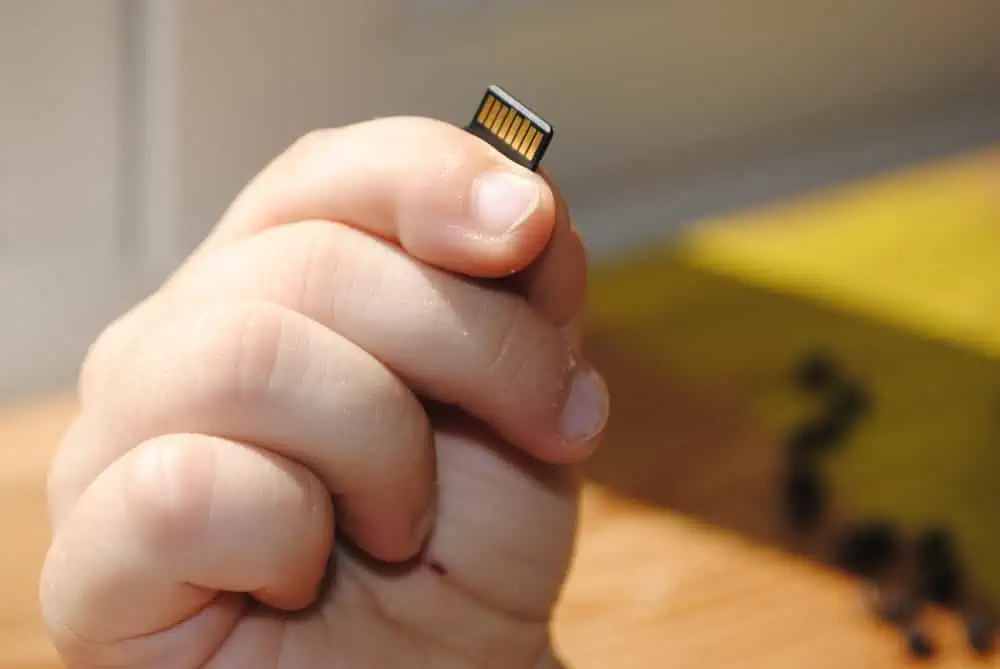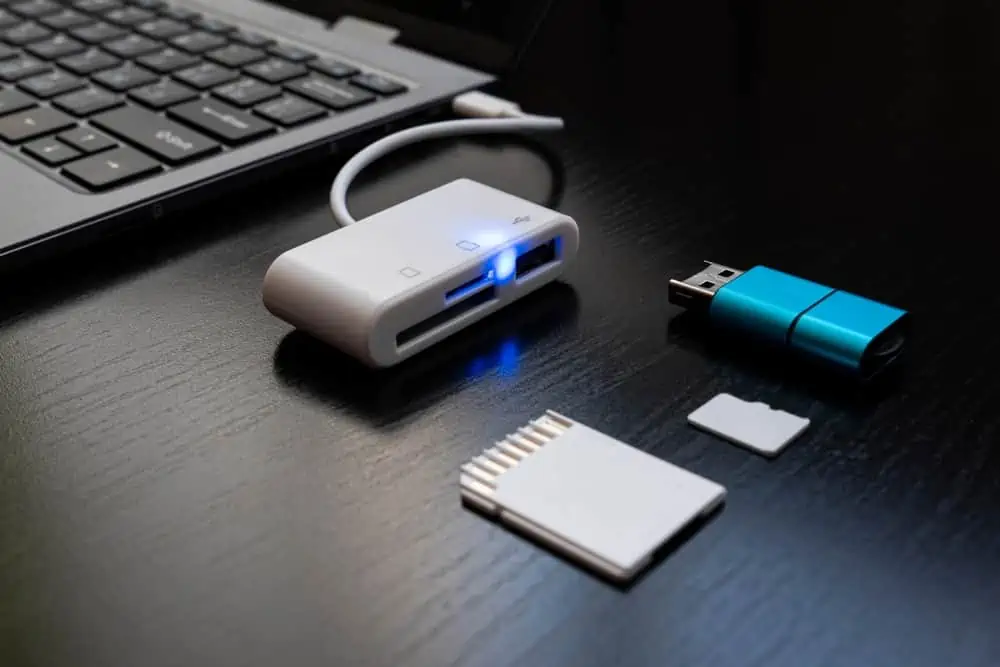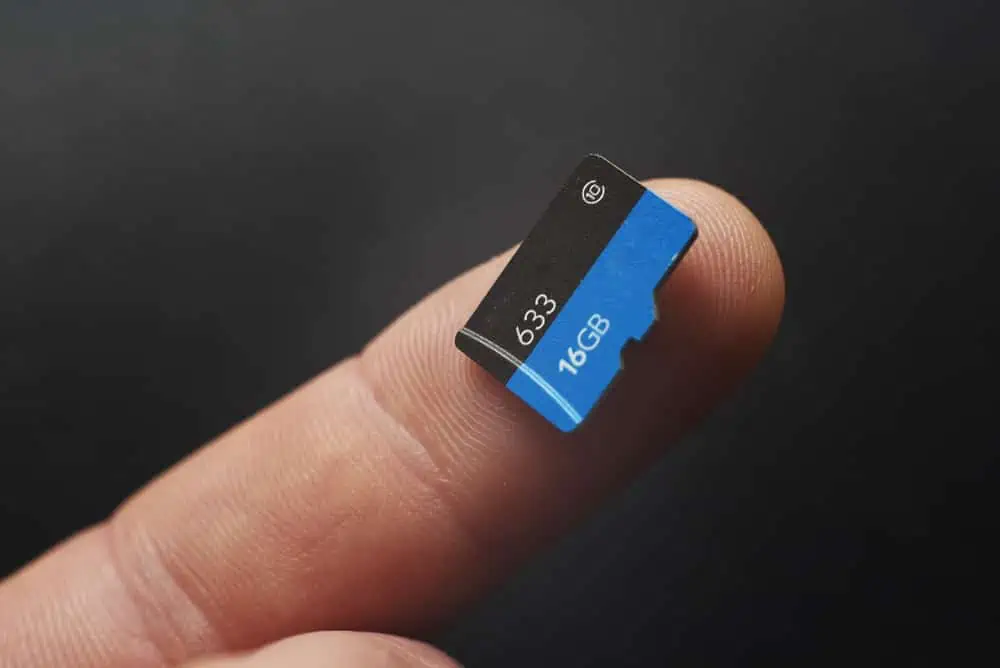Curious to know the difference between PCIe and NVMe? You should check out this PCIe vs NVMe comparison article.
Overview
The terms NVMe and PCIe are frequently used interchangeably, causing a lot of misunderstandings. In some circumstances, PCIe and NVMe are considered different storage drives.
However, what exactly are PCIe and NVMe? Starting with PCIe, it is the short form for Peripheral Component Interconnect Express.
Additionally, it is a high-speed bus standard interface for connecting peripheral devices including SSDs to a computer. Introduced by the PCI Special Interest Group (PCI-SIG) in 2003, the PCIe interface was meant to replace older bus standard interfaces.
Some of these old bus standard interfaces are AGP, PCI-X, and PCI. Besides, since its introduction, PCIe has gone through a series of improvements, with the latest being PCIe 6.0.
Although announced in January 2022, this PCIe 6.0 won’t hit the market until early 2023. Nevertheless, expect PCIe 6.0 to offer improved bandwidth and enhanced speed compared to older PCIe generations.
Regardless, PCIe 3.0 is still the most common PCIe generation used in computer motherboards.
While PCIe is a physical interface, NVMe (Non-Volatile Memory Express) is a storage protocol for flash storage devices like SSDs connected to a PCIe interface. Basically, it increases the communication speed between a host device and an SSD connected via a PCIe interface.
In my opinion, I think NVMe was developed so as to broaden the adoption of PCIe SSDs. Besides, it was created by the NVM Express Workgroup in March 2011.
This NVM Express Workgroup consists of over 90 companies including Samsung, Seagate, and Dell.
Aside from that, it is similar to (but faster than) the AHCI protocol that is mostly used by SATA SSDs. Speaking of which, the AHCI protocol features only one command queue and can send about 32 commands per queue.
NVMe, on the other hand, offers a whopping 64,000 command queues. It is also capable of sending 64,000 commands per queue.
That’s a staggering 4 million commands in total!
So, basically, NVMe was created to give PCIe SSDs enhanced speed over their SATA counterparts. However, not all PCIe SSD support NVMe.
Nonetheless, if you see an NVMe SSD, just know that it is a PCIe SSD. This is because NVMe works only with the PCIe interface.
How They Work Compared
To start with, PCIe works with the help of data connectors called “lanes”. Moreover, unlike SATA, PCIe data connectors also serve as the power connector.
Besides, a PCIe interface can consist of up to 32 lanes (connectors). In addition to that, each lane has a pair of signal wires – one pair for transferring data and the other for receiving data.
Therefore, the more lanes a PCIe interface has, the faster it will be able to send and receive data. Besides, a PCIe 3.0 interface offers a transfer speed of 985 MB/s per lane.
That’s a whopping 31.52 GB/s if the interface features the maximum 32 lanes. However, you will hardly find a consumer-based PCIe drive that supports up to 32 lanes.
Most PCIe drives support 4 or 2 lanes.
Nonetheless, even with two lanes, a PCIe 3.0 drive will still be faster than a SATA 3.0 drive. Essentially, a SATA 3.0 drive offers a transfer speed of just 600 MB/s.
As hinted earlier, NVMe was created to enhance the communication speed between a PCIe SSD and a computer. Well, it does this by connecting the PCIe SSD to the computer’s CPU directly.
Besides, NVMe does that without a storage controller so as to reduce latency and increase transfer speed. Hence, when the processor sends a command, it uses a mechanism called “Submission and Completion Queue”.
Basically, when the processor sends a command to the PCIe SSD, it submits it into the submission queue. Also, the processor notifies the NVMe about the submitted command – commands may relate to data transfer or read command.
Responding to the notification made by the processor, the NVMe picks up this submitted command. Thereafter, it processes the command which involves various phases such as fetching.
After processing the command, NVMe sends an interrupt (temporal halt) to the processor that the command has been completed. In doing so, it creates an entry in the completion queue and the PCIe SSD receives the processed command.
Features Compared
In the previous sections, we discussed how these storage technologies work. In this section, I am going to compare the features of PCIe vs NVMe.
PCIe is a Connection Interface While NVMe is a Storage Protocol
PCIe is a bus standard interface for connecting peripheral devices to a computer’s motherboard. NVMe, on the other hand, is a storage protocol specifically made for flash storage connected via a PCIe interface.
They Work Together
Since NVMe was made for flash storage connected via a PCIe interface, it definitely works with PCIe. They basically work together to improve the speed and performance of a PCIe SSD.
As a matter of fact, NVMe only works with the PCIe interface. Hence, without PCIe, there is no NVMe.
Therefore, if you come across an NVMe SSD, it is a PCIe SSD. However, a PCIe SSD might not always be an NVMe SSD.
NVMe PCIe SSDs are Compact
Unlike the typical SSD, NVMe PCIe SSDs mostly come as an M.2 stick. This stick is about 22 mm wide and can be 30, 42, 60, 80, or 100 mm long.
In fact, the M.2 NVMe PCIe SSD is thin enough to lay flat on a computer’s motherboard. This makes it suitable for mini desktops and ultraportable laptops.
PCIe and NVMe Have Several Backward Compatible Generations
Since its introduction in 2003, the PCIe interface has offered about six generations and three sub-generation. These generations are PCIe 1.0, PCIe 2.0, PCIe 3.0, PCIe 4.0, PCIe 5.0, and the latest PCIe 6.0.
Meanwhile, the sub-generations are PCIe 1.1, PCIe 2.1, and PCIe 3.1. However, the most common PCIe generation is PCIe 3.0, which offers a transfer speed of 985 MB/s per lane.
Nonetheless, newer generations should be faster than older generations.
When it comes to NVMe, it offers just two generations and three sub-generations since its introduction in 2011. NVMe’s generations include the base NVMe 1.0 and the most recent NVMe 2.0.
However, the sub-generations are NVMe 1.1, NVMe 1.2, NVMe 1.3, and NVMe 1.4.
They Don’t Support Hard Disk Drive (HDD) “Yet”
Neither PCIe nor NVMe supports HDD as of the time of writing this article in June 2022. The only storage drive they supported during that period is a solid-state drive (SSD).
Nevertheless, back in 2021, Seagate exhibited the industry’s first HDD connected to a PCIe interface using the NVMe protocol. However, it hasn’t been released since then.
Nonetheless, according to tomshardware.com, Seagate plans to make the first PCIe NVMe HDD available in September 2022. Sadly, it won’t be available to all customers – it will only be available to key customers.
Pros of PCIe vs NVMe
Regardless of Form Factor, NVMe-based PCIe SSD Supports Almost All Major Operating Systems.
NVMe PCIe SSD works with almost all OS including Windows, macOS, Chrome OS, FreeBSD, and DragonFly BSD.
In fact, NVMe PCIe SSD supports Genode, Haiku, illumos, iOS, Linux, NetBSD, Solaris, VMware, and OS/2.
NVMe Offers 64k Command Queues
As mentioned previously in this article, NVMe features up to 64,000 command queues.
Moreover, it also supports up to 64,000 commands per queue. That means you can send up to four million (64,000 x 64,000) commands on an NVMe drive.
This is very impressive compared to the single command queue that SATA’s AHCI protocol offers. Also, the AHCI protocol supports only 32 commands per queue.
An NVMe PCIe SSD is Smaller Than a Typical SSD
An NVMe PCIe SSD usually comes as an M.2 stick which is just 22mm wide.
Moreover, an M.2 stick can be 30, 42, 60, 80, or 100 mm long. This makes NVMe PCIe SSDs ideal for compact desktops and ultraportable laptops.
NVMe Has a High IOPS (Input/Output Operations Per Second)
NVMe supports a whopping 1 million IOPS.
This means an NVMe SSD can handle 1 million input and output operations per second. That is around 900% higher than its AHCI counterpart.
Unlike NVMe, PCIe Isn’t Limited to SSD
NVMe is a storage communication protocol that works only with flash storage devices like SSD connected via a PCIe interface.
However, the PCIe interface itself supports various peripheral devices including graphics cards, sound cards, and SSD. Hence, you can find an NVMe PCIe SSD but not an NVMe PCIe graphics card.
Cons of PCIe vs NVMe
Not All Computers Work with NVMe
As hinted earlier, NVMe drives mostly come as an M.2 stick which is usually compact.
However, not all computers – especially old ones – feature an M.2 slot for inserting an M.2 stick. Hence, you cannot use an NVMe SSD on an old computer.
PCIe and NVMe Don’t Support Older Versions of Operating Systems
Although they support almost all operating systems, they don’t support the older version of the operating systems.
For example, they support Windows 10 but don’t support Windows XP.
PCIe NVMe SSDs are Expensive
Because they offer enhanced speed and better performance, PCIe NVMe SSDs tend to be more expensive.
Hence, expect a PCIe NVMe SSD to be more expensive than a typical SSD, regardless of storage capacity.
Unlike PCIe, NVMe Doesn’t Support Hot Plugging
NVMe doesn’t support hot plugging.
This means that you have to turn off your computer when you install/remove an NVMe drive. However, PCIe supports hot plugging.
Hence, you can hot-plug a PCIe device but can’t hot plug an NVMe drive.
Conclusion
PCIe and NVMe are related, but they are two different technologies. They basically work together to enhance the speed and performance of solid-state drives (SSD).
However, NVMe works only with PCIe. Thus, any NVMe drives out there is definitely a PCIe drive.
Nonetheless, that’s not the same with PCIe drives. To be more specific, not all PCIe devices support NVMe.
This is because NVMe is a storage communication protocol that basically works for flash storage devices. Hence, other PCIe-supported devices such as graphics cards and sound cards can’t use NVMe.
I hope I have been able to clarify the differences between PCIe and NVMe. I also hope you found this article interesting and easy to read.
If you found the article helpful, click on “Yes” beside the “Was this page helpful” question below. You may also express your thoughts and opinions by using the “Leave a Comment” form at the bottom of this page.
Finally, you may find other helpful articles on our Storage & Disk Technology Explained page.



